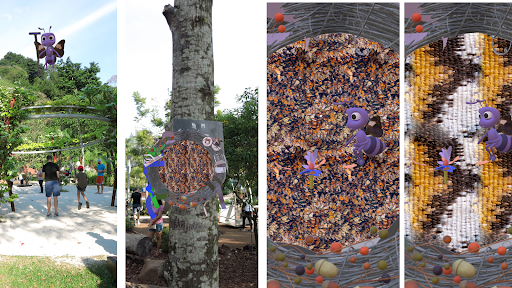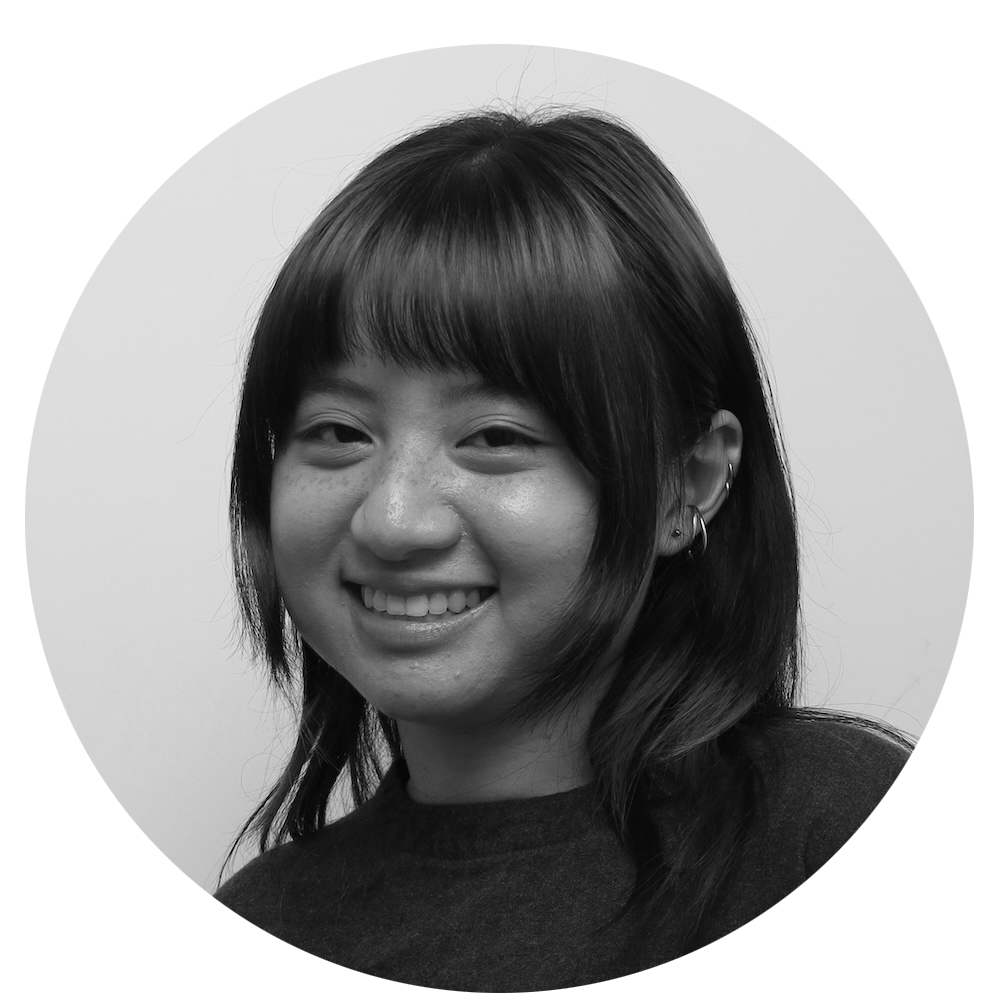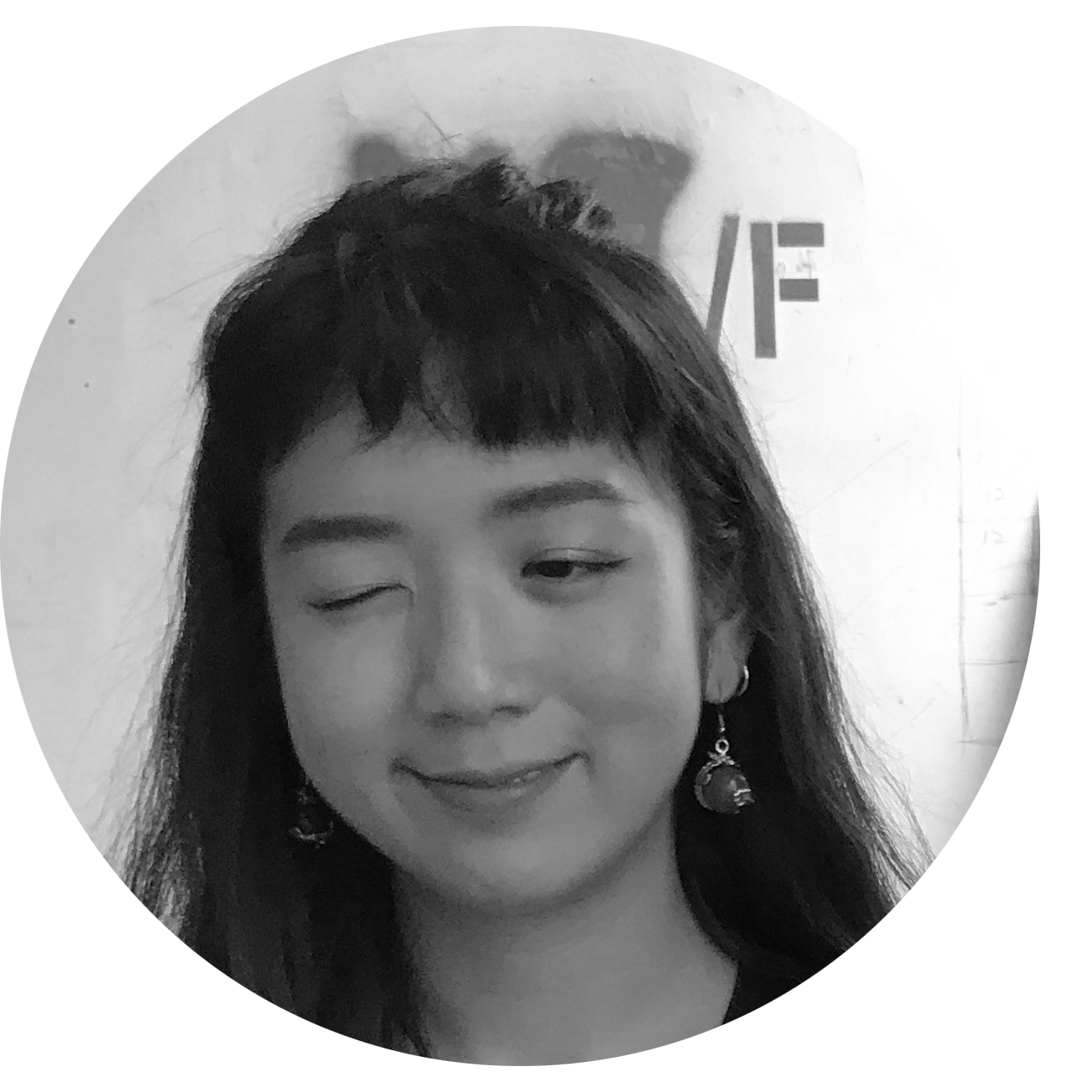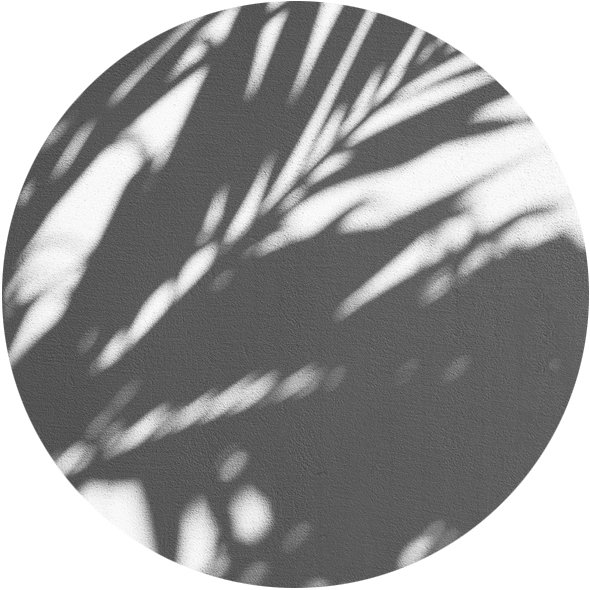Souvenirs is an AR art walk created in collaboration between Feelers and Tusitala. Participants walk around Fort Canning and use their phone to interact with AR artworks, which are triggered at specific sites within the park.
Feelers approached Tusitala to do the AR and web development for this project. Their initial concept was an online AR exhibition in the form of a digital art walk.
Process
The concept for Souvenirs was inspired by an AR art walk which Ashley Hi, Director & Tech Lead of Feelers, came across in London. Participants walked to different public landmarks to trigger interactive AR artworks, which they viewed through their phones. She was intrigued by the physical aspect of the experience, noticing how the AR animations directed the participants’ movements (panning their cameras to view the art, walking around to experience the artwork).
Concept development
Feelers set out to prototype an online AR exhibition in the form of a digital art walk. They identified several pain points with current AR experiences, which included:
1. Seamless AR:
Many experiences contain unnecessary steps (e.g. downloading apps, scanning QR codes), resulting in high effort and low pay-off for the user. Using WebAR to be browser accessible and automatically triggering artworks with GPS markers would create a more seamless experience.
2. Remote Feedback:
One issue with digital experiences is screen fatigue. The prototype would introduce two forms of user interaction to combat this: active, where users interact with the artworks on their devices, and latent, through their physical movements as they viewed the AR art.
Three artists – Hilary Yip, Ryan Ben Lee, and Nate Townsend – created site-specific AR artworks for the project. Their works were designed for the playground at Jubilee Park within Fort Canning. All three artworks shared a sense of playfulness, and prompted the user to consider the natural and man-made elements of the playground environment.
AR and web development
Tusitala provided AR and web development services for the project:
- Transforming animated assets into AR content for web
- Maintaining AR capabilities throughout exhibition
- Developing and maintaining the web app for the project.
- Web support to host the AR artworks
When transforming the animated assets for the web, one issue was that the 3D models provided by the artists were quite large (around 1GB in size). Even after the artists compressed their work, the files were still too large for a web-based AR program, causing older phones to crash. In response, our Tech Lead, Vaibhav, experimented with different ways to display the AR. One idea was to show only one AR at a time, with prompts appearing on screen for the user to switch from 1 AR to another.
Our team began work on the web app in June 2022. We initially planned to use AR.js, an open source Javascript library for Web AR. However, at the time we found it to be finicky and unstable; for example, if the user moved their phone too fast, their location would appear to shift.
We then shifted to using 8th Wall, an online platform for developing Web AR. While 8th Wall did not have geolocation features when we first started using it, the app serendipitously launched an in-built map feature in November 2022, which we adopted to show the user where each AR artwork is located and how to find them.
User testing
Both Tusitala and Feelers made several trips down to Fort Canning to test the AR on site. Bao, our intern, shared that this was an interesting learning experience for him. Due to the site-specific nature of the AR work, certain adjustments had to be done on site, such as moving the artwork left or right or rotating it slightly. As such, he wasn’t able to test and change the code remotely, and instead had to go down physically to the park.
Key takeaways
For the Tusitala team, this was a wonderful opportunity to explore new tools and platforms when working with AR. In particular, we had the chance to explore the capabilities of the 8th Wall platform in creating site-specific AR experiences, such as geolocation features and 3D environment mapping. We’d love to work on similar projects in future, with possibilities including guided walking tours and interactive installations/exhibitions.
Ashley from Feelers shared their takeaways from the project: “Even though AR technology may appear archaic in the current realm of AI, there’s still so much that can be explored in terms of creating seamless tech experiences that are not restricted to a single physical place or device.”
“This project was very much a work-in-progress in exploring methods of digital visual wayfinding and storytelling that’s not mediated by a spoken narrative.”







